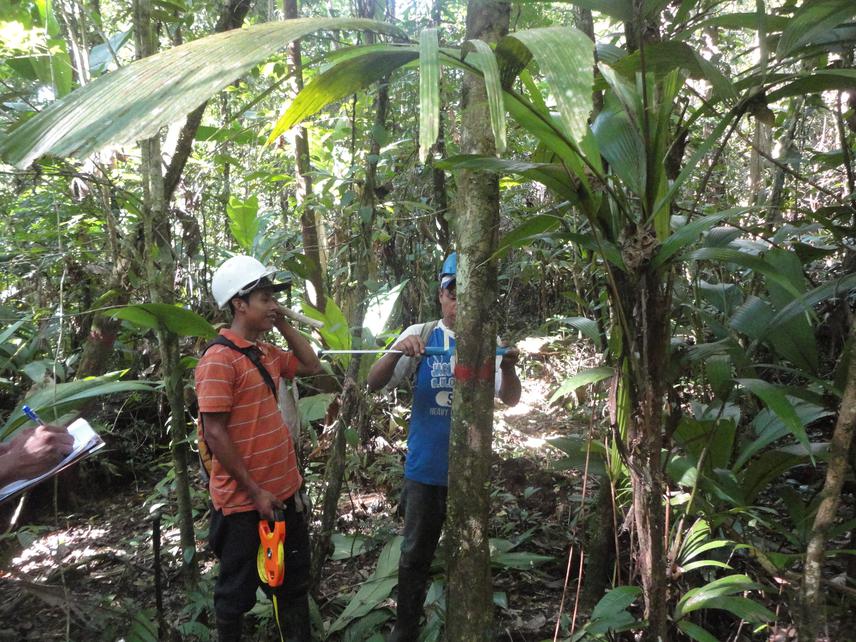Valbert Martinez Salgado
With the implementation of this project the principal aims is to establish the monitoring system in SIPBAA and Layasiksa forests and also strengthen local capacities to develop the monitoring process.

Implementation goal of this project is to provide data which is necessary for sustainable management, Masangni and the indigenous community forest enterprises (CFEs) in Layasiksa and SIPBAA will establish a long-term flora and fauna monitoring system. Through the project, Masangni will purchase necessary equipment and materials, and provide training to CFE staff in data collection and analysis. Then Masangni will support the process of establishing and sampling permanent forest monitoring plots, conducting mammal and bird sighting transects, and monitoring other threats to forest. The activities planned to develop during de course of implementation of the project:
Biodiversity Monitoring Methods
1) Monitoring of tree growth rate, recruitment and mortality
One 50m square permanent sampling plot will be established in an area that was harvested 2 years ago, according to standard procedures. The plot will be sampled after it is set up and annually thereafter according to standard procedures (species, diameter at breast height, height, tree health, etc. determined for each individual tree over 10cm DBH).
2) Monitoring of mammal and bird populations
Three forest guards will walk transects to record mammal and bird sightings and sign in the timber harvest area. Sampling will take place one month before the harvest occurs, six months after it occurs, and eventually two years after the harvest. The transects are parallel belts 1.5 m wide every 100 m through the harvest area. Species richness and abundance will be tracked in each forest area harvested.
3) Monitoring of other threats to biodiversity
To determine the extent of animal hunting and collecting, one of the hunters in the community will record the species and number of all animals hunted or collected in the community forest. To monitor forest fires, expansion of agricultural plots, and illegal wood harvesting, a forest guard will record data on the number and extent of fires and new agricultural plots and number and species of trees harvested illegally. Each of these components will be tracked by month and data will be analysed at the end of the year.